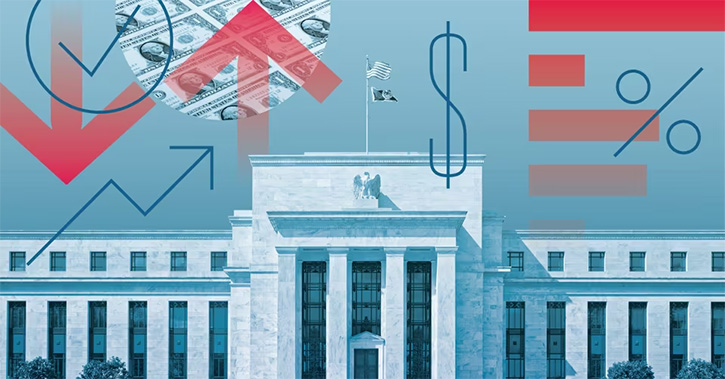
In the US the key 10-year Treasury bond yield has risen in recent weeks. There was a brief period in later August when investor worries, over Turkey in particular, and emerging-markets risk more generally, had spurred the buying of Treasuries as a safe-haven asset, and yields had fallen, with the 10-year yield dropping to close to 2.8%. More recently, however, yields have moved back up again, and the 10-year yield rose to a whisker below 3%.
Although they are still very low in absolute terms, yields have moved up a little in other major markets as well, with the German 10-year government-bond yield up from 0.31% to 0.41% currently, while its Japanese equivalent has risen from effectively zero at the start of July to 0.11% now. The increases in bond yields have been modest, but they have helped constrain the return from fixed-interest investments.
The Bloomberg Barclays Global Aggregate Index in US dollars has returned a loss of 1.8% for the year to date, with bigger losses where investors have been exposed to longer maturity bonds: The Bloomberg Barclays Long US Treasury index is down 4.5%. The formerly popular “high yield” (low credit-quality) sector has also lost ground, with the index down 1.8%. Emerging markets, which were also a popular option at one point but which are now out of favour with investors, have done worse again, with the Bloomberg Barclays Emerging Markets Index down 3.8%.
International Fixed Interest — Outlook
The outlook for international fixed interest essentially splits into the US market and everywhere else. In the US, the most likely scenario is that interest rates will head higher. The Fed is charged with steering towards both full employment and 2% inflation, and on both scores its job to keep monetary policy very supportive until both targets are reached is now effectively achieved. The unemployment rate has fallen to 3.9%, and while economists differ on whether this is tantamount to “full employment,” it is low enough for the Fed not to have to worry about further stimulation of the economy.
Low unemployment is also generating stronger wage growth–in the latest data, hourly earnings were running 2.9% up on a year earlier–and inflation is now back up to the 2% inflation rate the Fed would like to see. Again, the Fed no longer needs to keep interest rates very low. Barring some unexpected shock to the US economy, short-term rates are consequently highly likely to be raised further.
The current target range for the fed funds rate is 1.75% to 2.0%: The US economists surveyed monthly by The Wall Street Journal currently expect the range will be 2.25% to 2.5% by the end of this year, and they expect two or three more 0.25% increases during the course of 2019. Long-term US yields are also likely to head north: Treasury bond yields cannot sustainably remain where they are if inflation has risen to over 2%, as it would mean tax-paying investors were receiving little or no real return from holding them.
The likely rise will be modest, however: Investors have been deprived of yield for so long that they tend to emerge from the woodwork in large numbers whenever a yield close to 3% becomes available, as it did at the Treasury’s latest auction of 10- year bonds on 12 September. Their pent-up demand for decent returns boosts prices and damps yields.
Even so, the trend is towards somewhat higher bond yields: The Wall Street Journal panel expects the 10-year yield will be approaching 3.2% by the end of this year and will rise further to 3.5% by the end of 2019. Modest and gradual increases of that scale are unlikely to spook the equity markets, unlike the situation at the start of this year when investors worried that bond yields were set to rise substantially and quickly, and equity markets dropped sharply.
Brexit Hangs Over Bond Rates
Elsewhere, the other major central banks are unlikely to make any significant near-term changes to monetary policy. In the UK, the byword is likely to be caution ahead of the sizable risk of a “hard”, no deal, Brexit, and the governor of the Bank of England has agreed to extend his term to help provide policy stability through what could well be a rocky period.
In the eurozone, the European Central Bank is sidling up to reducing its “quantitative easing” bond buying. The plan is to reduce its monthly asset purchases from 30 billion euros a month to 15 billion and to stop buying any more bonds from the start of next year. But the ECB remains some distance away from raising interest rates or from starting to sell down its accumulated stock of bonds.
In Japan, ultra-supportive monetary policy looks set to be maintained at least throughout next year. In sum, higher US dollar interest rates, steady rates elsewhere. US dollar bond prices will be under downward pressure, and while nondollar bonds will not face capital losses, the other side of that coin is that they will continue to offer pitifully low yields.
Bonds have insurance value, and in a climate where investors may be too blasé about risks, insurance may be worth having, but otherwise the fundamental drivers of fixed interest are running against the asset class.




























